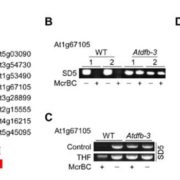
Folate, DNA Methylation and Flowering Time
Plant Physiology, Plant Physiology: On The Inside, Research0 Comments
/
Tetrahydrofolate (THF) and its derivatives, collectively termed folates, are a group of essential B-complex vitamins that have long been recognized as necessary nutrients to support normal cell differentiation and growth. Folates function as co-enzymes in one-carbon transfer reactions and play a central…
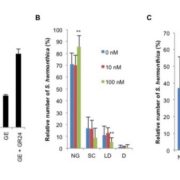
Strigolactone-Gibberellin Cross Talk
Plant Physiology, Plant Physiology: On The Inside, ResearchStrigolactones Root parasitic weeds, such as broomrape (Orobanche spp.) and witchers weed (Striga spp.), are harmful plants in sub-Saharan Africa, the Middle East, and Asia that maintain seed dormancy in the absence of host plant. Both parasitic plant species require germination stimulants released from…
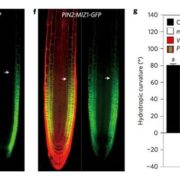
Plant Scientists in the Wild (#FoPD)
Blog, Education, Education General, Education General PublicGuest post by Emily Larson @erlarson_phd and Maria Papanatsiou @m_papanatsiou, postdocs at the University of Glasgow, Scotland
If there is one stereotype about some scientists that contains a shred of truth it is that we are definitely indoor kids – at least professionally speaking. We spend a…

Ten simple rules to make the most out of your undergraduate research career
Plant Science Research Weekly, ResearchUndergraduate research is a transformative experience for many early-career scientists, allowing them to experience the joys and pains of research first hand. Yu and Kuo offer some straightforward advice to help students gain the most from this opportunity. While some of the advice is directed towards…
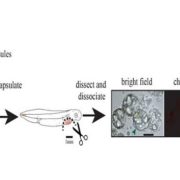
Transcriptome analysis illuminates the nature of the intracellular interaction in a vertebrate-algal symbiosis
Plant Science Research Weekly, ResearchChloroplasts are of course the descendants of ancient endosymbiotic cyanobacteria. While there are examples of photosynthetic bacteria or algae living in animal tissues (e.g., anemones and corals), vertebrate endosymbiosis is rare. One exception is the interaction between a salamander Ambystoma maculatum…
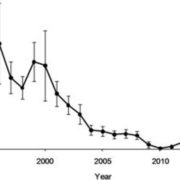
Hybridizing transgenic Bt cotton with non-Bt cotton counters resistance in pink bollworm
Plant Science Research Weekly, ResearchBiotic interactions are complex; any effort by the prey/host to defend against the predator/pathogen provides selective pressure towards overcoming those defenses. As new herbivore control methods are developed they quickly lose effectiveness as the pests evolve resistance; this is true whether the control…
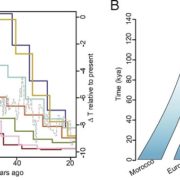
Early history of Arabidopsis thaliana
Plant Science Research Weekly, ResearchArabidopsis thaliana is a good study system to shed light on evolutionary processes. Its broad native range and genetic diversity provide resources to study speciation and local adaptation. Durvasula et al. studied the early history and transition to selfing of this species by comparing genome sequences…
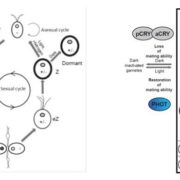
An animal-like cryptochrome controls the Chlamydomonas sexual cycle ($)
Plant Science Research Weekly, ResearchLight controls many aspects of the lifecycle of photosynthetic organisms, including the green alga Chlamydomonas. Cryptochromes are a family of photoreceptors, of which there are four members in Chlamydomonas. One of these is known as the animal-type cryptochrome, aCRY. To investigate the function of…

Root hydrotropism is controlled via a cortex-specific growth mechanism ($)
Plant Science Research Weekly, ResearchHydrotropism is the curvature of a plant root towards water. Previous work showed that the hormone abscisic acid (ABA), but not the auxin transporters AUX1 and PIN, is required for hydrotropism, demonstrating that the mechanisms of hydrotropism and gravitropism are distinct. Previous work also showed…

